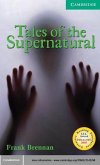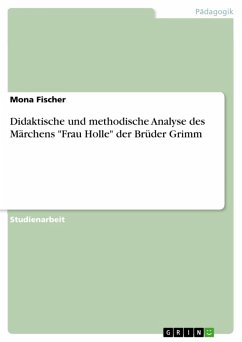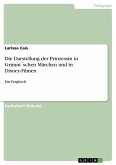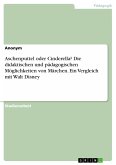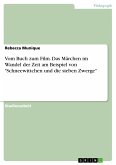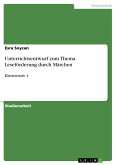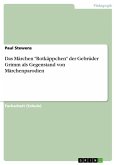Seminar paper from the year 2012 in the subject Didactics - German - Pedagogy, Linguistics, grade: 1,7, University of Koblenz-Landau (Institut für Bildung im Kindes-und Jugendalter), language: English, abstract: Since the discovery of fairy tales as children's literature by the Brothers Grimm, there seems to be a connection between children and fairy tales. When dealing with the topic of "children and fairy tale", questions arise that I would like to answer in my paper: Can fairy tales be of help to children in their development? And if so, how can this happen and what is the basis of this power of a single story to be an aid to children's development? Aren't fairy tales far too cruel and brutal for a child? Shouldn't fairy tales rather be dispensed with as a subject of primary school teaching because of their brutality alone? I will mainly refer to folk tales, as these are the first and most well-known fairy tales that most children are confronted with. In almost all cases it is the folk tales, and especially those from the Grimm collection of "Children's and Household Tales", which represent the first contact with literature for children. In the first part of my paper, I will explore the meaning of the term "fairy tale" and its genre-typical characteristics in order to create a basis for further considerations. In the second part, I will examine how, where and when folk tales came into being in the first place and what function they were originally intended to fulfil. After a short section in which the fairy tale is distinguished from related genres, I would like to look at the relationship between fairy tales and children. In this part, I would like to discuss their values for children, what positive possibilities fairy tales have to offer children and the question of the topicality and necessity of fairy tales today. Then, I would like to deal with the fairy tale as a subject of teaching and examine whether the folk tale finds its justification in today's primary school.
Dieser Download kann aus rechtlichen Gründen nur mit Rechnungsadresse in A, B, BG, CY, CZ, D, DK, EW, E, FIN, F, GR, HR, H, IRL, I, LT, L, LR, M, NL, PL, P, R, S, SLO, SK ausgeliefert werden.



